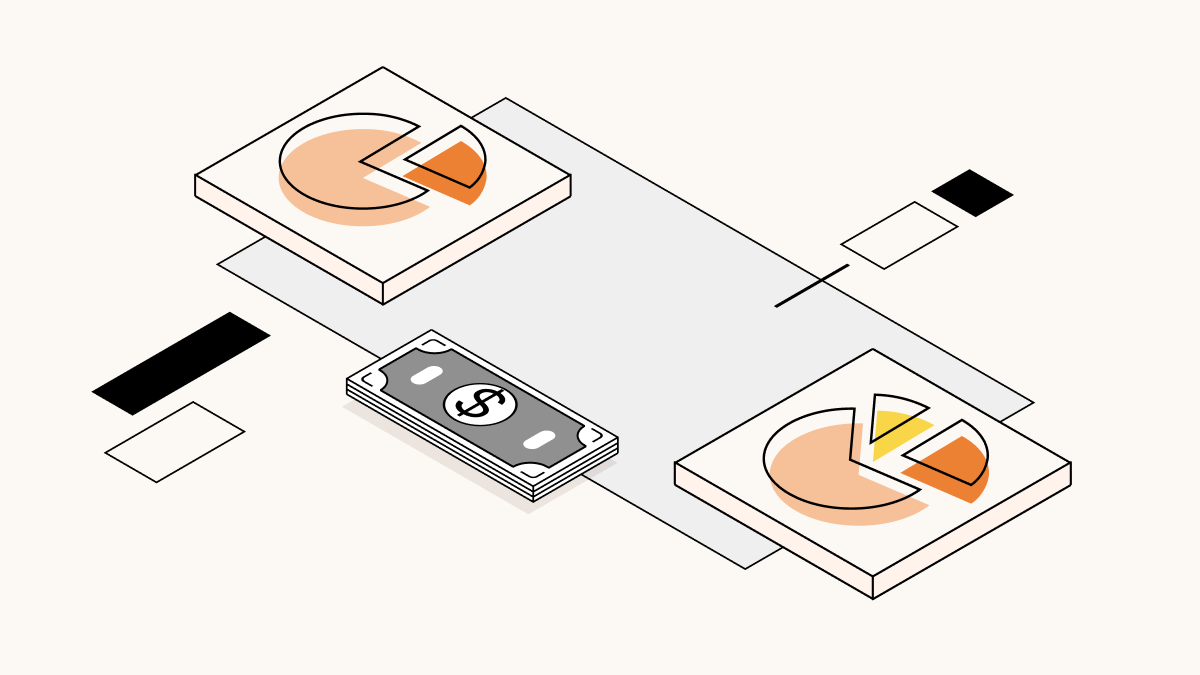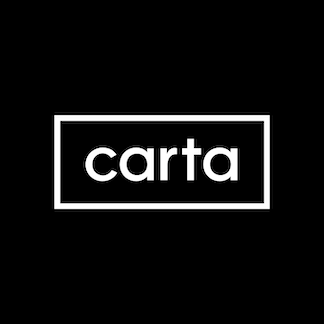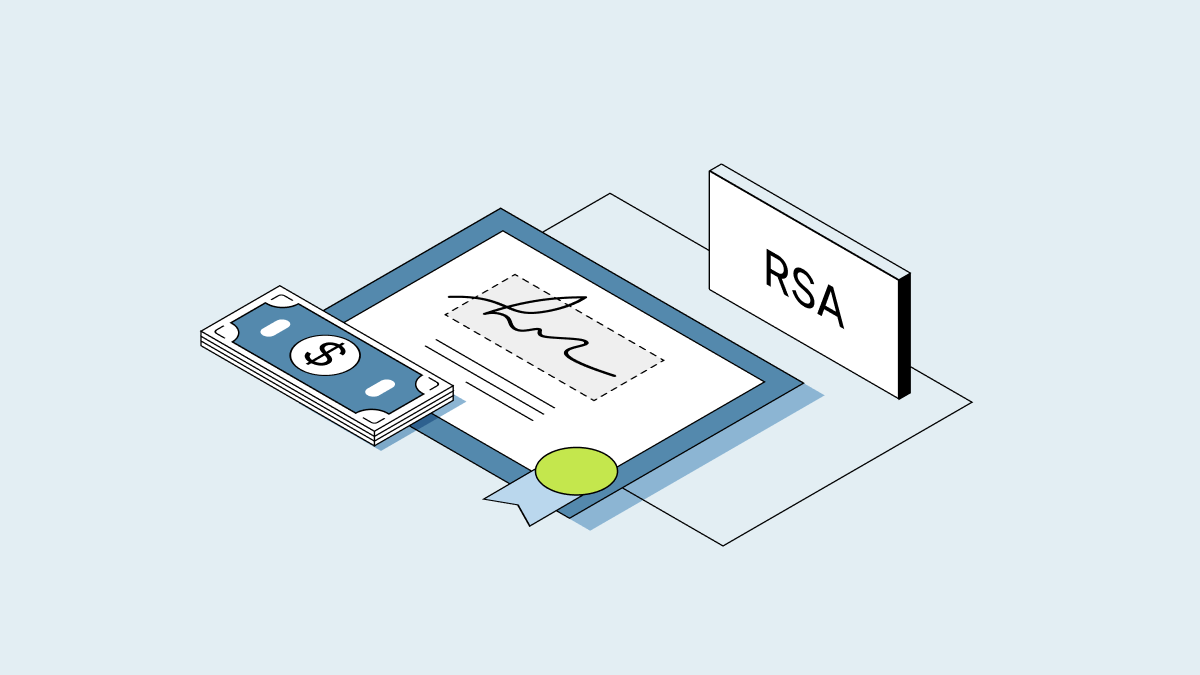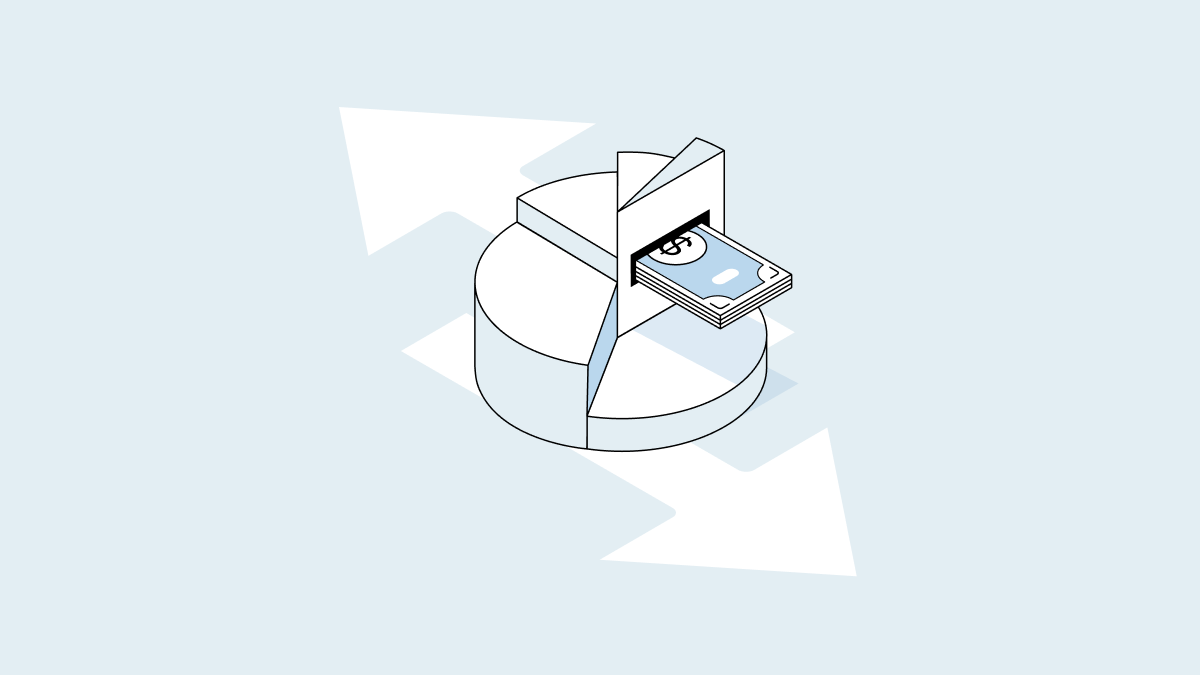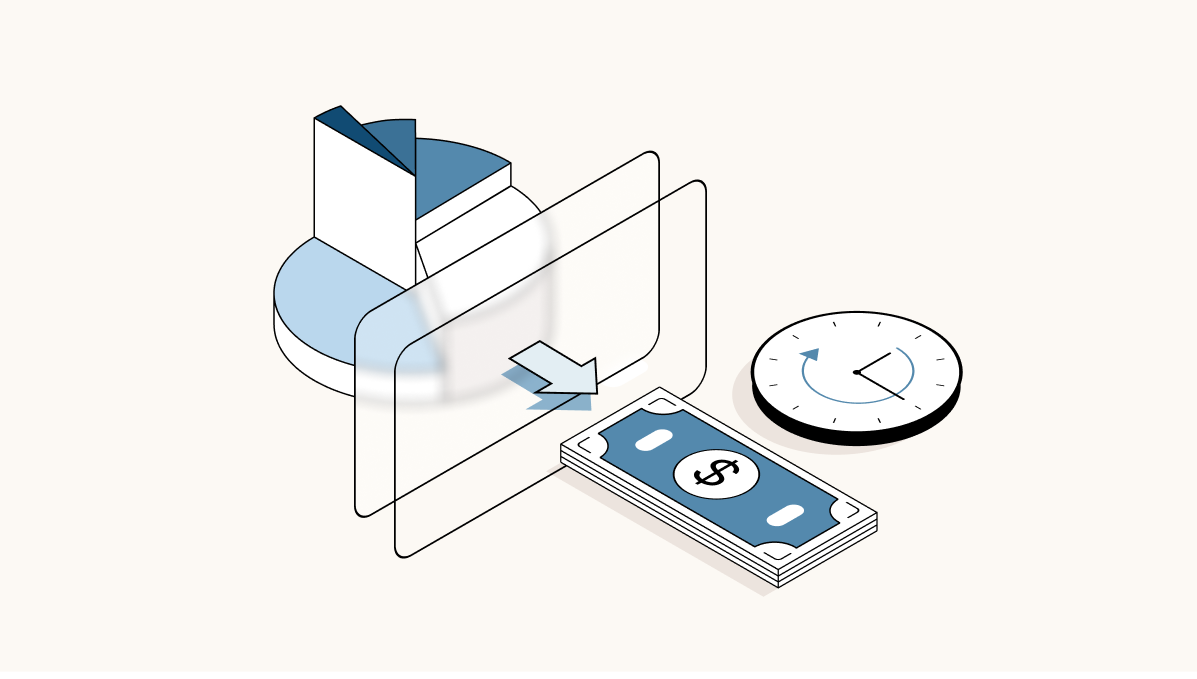Fundraising is exciting—it means investors believe in your ideas and product roadmap enough to give you money to grow. But fundraising decisions come with long-term implications, including share dilution, that are critical to consider before accepting any new funds.
Share dilution can change both your financial stake in a company and how much control you have over the company’s operations. In this article, we’ll show you how to plan for share dilution when fundraising for your startup using two common methods of early-stage fundraising: SAFEs and priced rounds.
What is share dilution?
Share dilution (also called equity dilution or stock dilution) is the decrease in ownership percentage for existing shareholders when a company issues or reserves new shares of stock.
Common causes of share dilution
Share dilution occurs after material events, such as closing a round of funding, or creating or increasing an employee stock option pool. Founders, employees, and investors at private companies are generally all subject to share dilution.
Closing a round of funding: When private companies need more money, they typically issue shares to investors in a funding round, which reduces the overall percentage of ownership for current shareholders.
Increasing employee option pool: Incoming investors usually require companies to create a stock option pool. The timing of when the stock option pool gets created determines which shares are diluted. For example, if the stock pool is expanded before a fundraising round, only previous option holders face dilution. If the pool is expanded after a fundraising round, then all shareholders—including new investors—will feel the effects of dilution.
Taking your company public: An initial public offering (IPO) is when a private company lists its shares on a public stock exchange for the first time, allowing those shares to be bought and sold on the open market. Every IPO involves the listing of a company’s existing shares. In some cases, companies also issue new shares (known as a “secondary stock offering”) after the IPO. Secondary stock offerings lead to dilution for existing shareholders.
How stock dilution works
Single founder: Let’s say you’re the sole owner of your company and you own 10,000 shares or 100% of the company. Business is going well, so you decide to create an employee option pool of 1,000 shares for future employees. You also are in need of more capital, so you give an investor 2,000 shares in return for their investment. In total, there are now 13,000 shares of company stock (on a fully diluted basis)—and just like that, you now own only 77% of your company (10,000/13,000) instead of 100%.
Multiple founders: Let’s say you’re one of two co-founders of a startup, in which each co-founder owns 50% of the company (5,000 shares issued to each of you). Your company needs additional capital to expand, so a VC firm invests and you issue 2,000 shares in return. After those new shares are issued, there are now a total of 12,000 shares in the company. Each co-founder still owns 5,000 shares, but now their ownership stake is 42% (5,000/12,000) instead of 50%.
Even though share dilution causes you to own less of the company percentage-wise, it doesn’t necessarily mean your stock is worth less. In fact, the fair market value (FMV) of a company’s stock generally increases after a funding round, so the overall value of your shares may actually go up. You just own a smaller piece of a bigger pie.
→ Learn more about how co-founders split equity.
SAFEs and equity dilution
A SAFE (simple agreement for future equity) allows you to raise money from investors in exchange for future shares of stock in your company. SAFEs can be a convenient way to raise money when your company is young, however they can also be dilutive.
How does equity dilution work when raising a SAFE?
SAFEs postpone equity dilution until your next qualified financing (usually your Seed round or Series A). SAFE holders get shares in the future, typically at a discount in exchange for investing in your company at an early stage. This means that ownership percentages won’t be calculated until a new company valuation is determined.
There are three main influences on SAFE dilution to look out for: the type of SAFE, the valuation cap, and the conversion discount.
What type of SAFE are you issuing?
The type of SAFE you raise ( pre-money vs. post-money SAFEs) can impact your eventual equity dilution.
With pre-money SAFEs, each investor’s ownership percentage is undetermined until you raise your next round. This type of SAFE may be less dilutive for you, the founder, since everyone’s ownership gets diluted at the same time.
With post-money SAFEs, investors lock in the percentage of the company they’ll own before additional investors get mixed in during a priced financing round. Many investors and founders prefer this because it gives everyone a better prediction of their ownership, making it easier to plan for the future. However, post-money SAFEs are generally less founder-friendly because they only dilute the founders’ ownership percentage.
Decide which type of SAFE you want to raise before getting to the next step: the valuation cap.
What is your valuation cap?
Many SAFEs have a valuation cap to protect the investor. A valuation cap is the maximum company valuation at which an investor’s money will convert into shares.
This means if your company valuation during your seed round is higher than your SAFE valuation cap, your SAFE investors will receive a lower price-per-share than the seed round investors, giving your SAFE investors more shares for their early investment.
As you can imagine, if your priced round valuation ends up being way larger than the valuation cap, you may end up issuing a lot of shares to that SAFE holder, which can significantly dilute your ownership.
Is there a conversion discount?
A conversion discount gives your investor a discount on the price per share when their SAFE turns into equity. For example, if your Series A investors are paying $1 per share, your SAFE holder may only have to pay 80 cents per share.
Not all companies offer a conversion discount. Among Carta customers who have a conversion discount, the median conversion discount is 20%. In most cases, a valuation cap will be more dilutive than a conversion discount.
If a SAFE comes with both a valuation cap and a conversion discount, the investor usually gets whichever option gives them the lower price per share (i.e. more shares for their money).
Priced rounds and equity dilution
The process of raising a priced round is usually longer and more complicated than raising a SAFE, but equity dilution is easier to calculate. In a priced round, investors give you a certain amount of money for a set number of shares based on the company valuation you agree upon.
Dilution can occur when you issue new investor shares, as well as during priced rounds. These three things can dilute equity when you raise a priced round: the type of valuation, convertible instruments, and your option pool.
Pre-money vs. post-money valuation
Whether you’ve raised money in a priced round based on your pre-money or post-money valuation can impact how much the new investment dilutes your ownership.
Say your investor gives you $1 million at a valuation of $4 million. If that $4 million is your pre-money valuation, that means you (the founder) own 80% of the company after the investment. However, if that $4 million is your post-money valuation, you only own 75% of the company after the investment.
|
Pre-money valuation |
Post-money valuation | |
|---|---|---|
|
+ |
+ | |
|
Founder owns 80% of the company ($4M/$5M) |
Founder owns 75% of the company ($3M/$4M) |
A difference of 5% may not sound big, but when companies are worth millions or even billions of dollars, every percent matters.
Convertible instruments issued before your round
If you raised money via SAFEs or other types of convertible instruments, your priced round is when all these convert into equity.
When you raise an early priced round, it’s easy to focus on new investors and overlook early investors. As you figure out how much money you want to raise and how much of your company you can afford to give away, factoring in the shares you owe to all your SAFE holders (including early investors) will give you a more holistic view of equity dilution.
Your option pool
Another way you could accidentally take on too much equity dilution in a priced round: by forming a bigger option pool than you need. An option pool is a chunk of shares you create and set aside for future employees. The key detail is that you’re creating and adding new shares, not pulling them from your existing set of shares, so option pools end up diluting your ownership.
Investors will often ask you to create an option pool before you issue their shares so only previous shareholders are diluted, not them. (If you’re the only shareholder thus far, this means only your ownership gets diluted.) Additionally, they may push you to create a bigger option pool than you need so you don’t have to add more options and dilute their ownership in the near future.
Before sizing an employee option pool, do your best to figure out your hiring plan for the next one or two years and how many shares you think you’ll want to award those employees.
→ Tool: Size your option pool with Carta's free option pool calculator
Dilution vs. capital needs
Founders have to strike a balance between the amount they aim to raise now versus future rounds, taking into account future dilution.
If there is a high burn rate and capital is necessary to keep running the business, a bigger round at a lower valuation might be the only option. However, founders will need to be mindful of dilution.
If founders are confident they can reach their targets and increase valuation with less capital, a smaller fundraising round will lead to less dilution.
Here are general benchmarks for founder dilution. However, the level of dilution is highly dependent on your specific needs.
|
Stage |
Dilution | |
|---|---|---|
|
10% - 25% | ||
|
20% - 30% | ||
|
15% - 30% | ||
|
Series C and later |
Highly dependent* |
*Generally if company is established and has a high valuation, the equity given up tends to be a smaller percentage.
How to minimize share dilution
While many of the things we talked about above are unavoidable, there are some strategies to minimize dilution:
Don’t raise more than you truly need to get to the next stage of your business.
The money you borrow early on in your company is the most dilutive. Since early investors get equity when your company is worth less, each dollar they invest buys a proportionally larger stake of your company. Of course, this doesn’t mean you should underestimate how much you need—raising additional seed capital isn’t easy, so be sure to forecast and aim for an amount that’ll help you get you to the next stage of your business.
Don’t create a bigger option pool than you need.
Investors may ask you to allocate more than you need, but if you create a hiring plan, you can always show how you came up with your ideal pool size, which may help with negotiations.
Don’t rush.
Before signing a term sheet or SAFE, understand the terms and conditions. The decisions you make now will have long-term ramifications.
Model your future equity dilution.
Whenever you’re thinking of fundraising, no matter the method, model the impact of dilution first. Scenario modeling is included in Carta’s Growth & Scale plans, so you can seamlessly understand the impacts of fundraising and exits.
